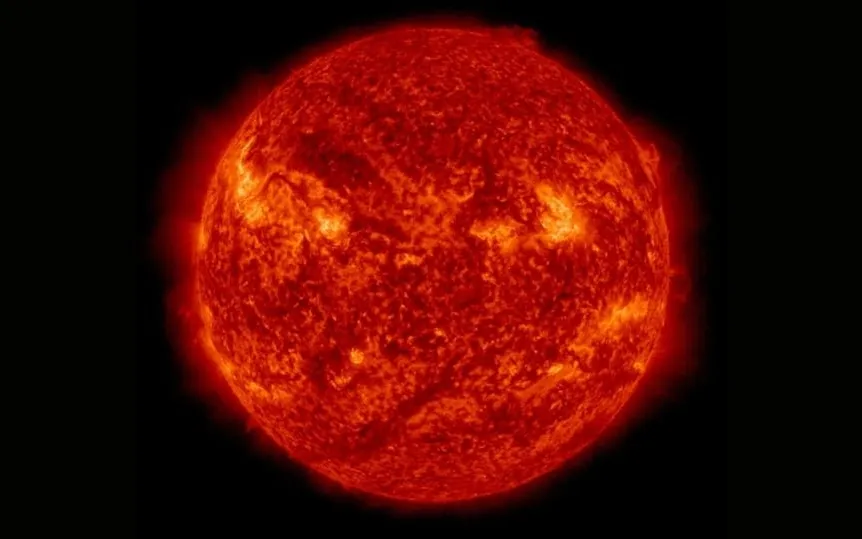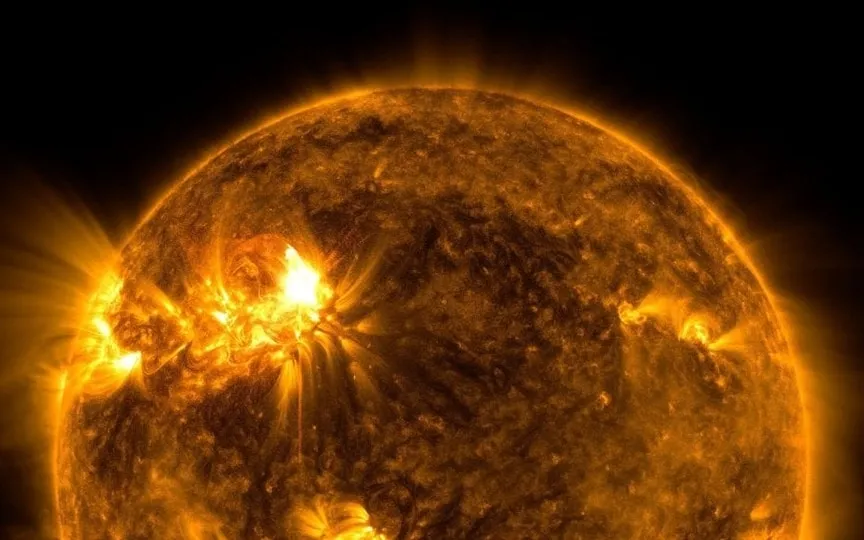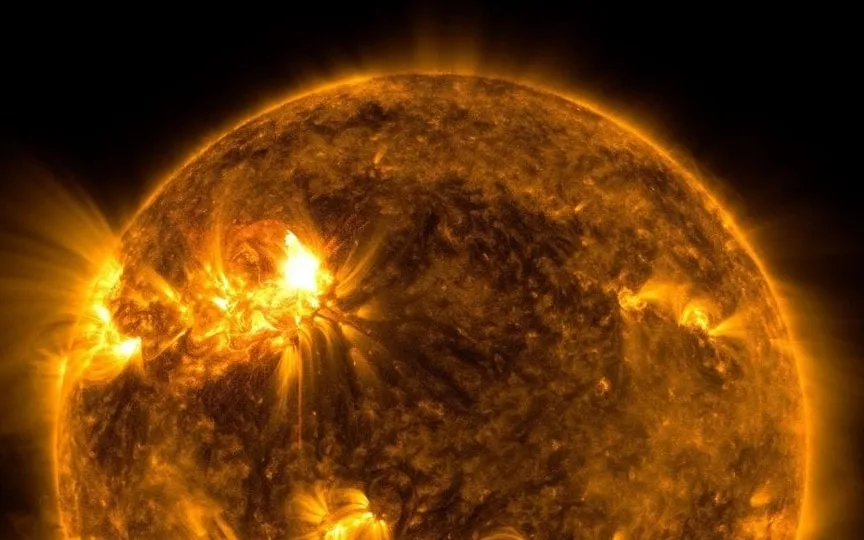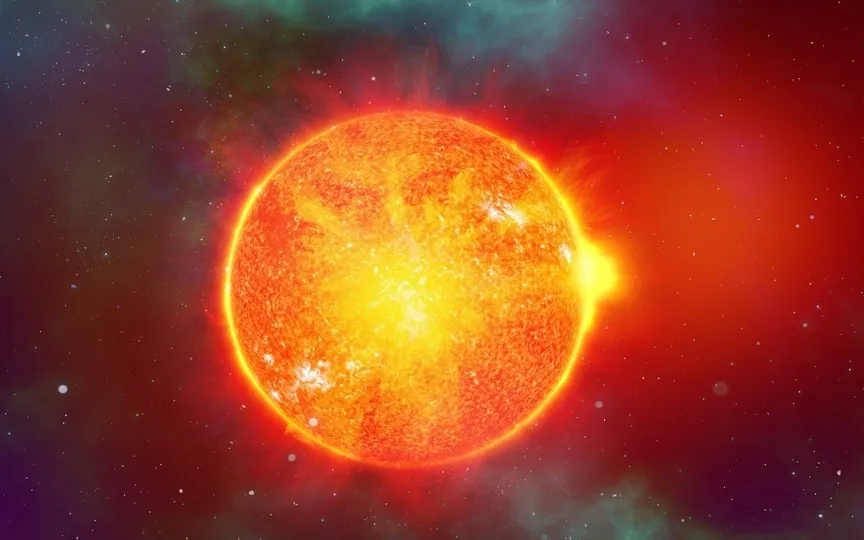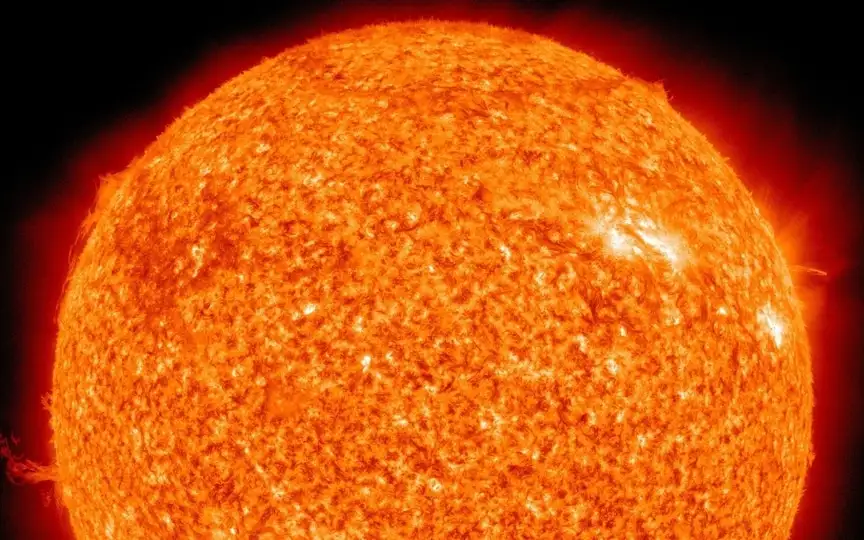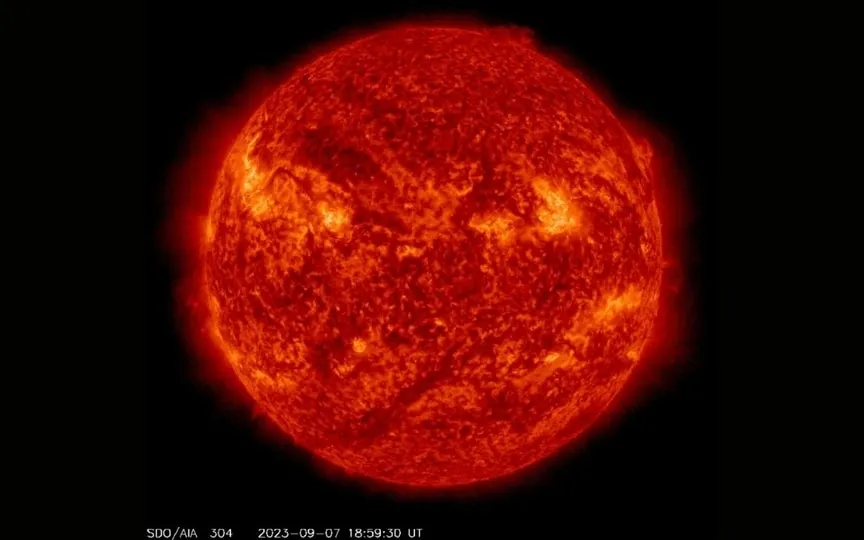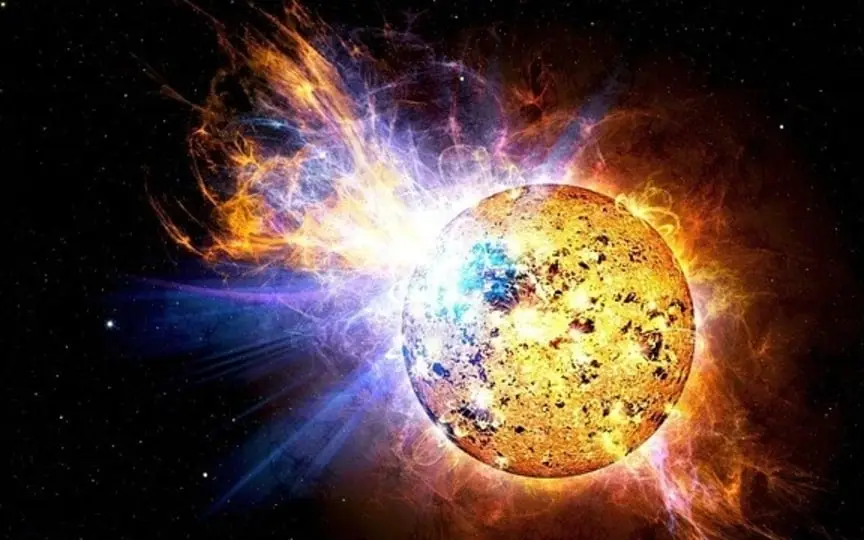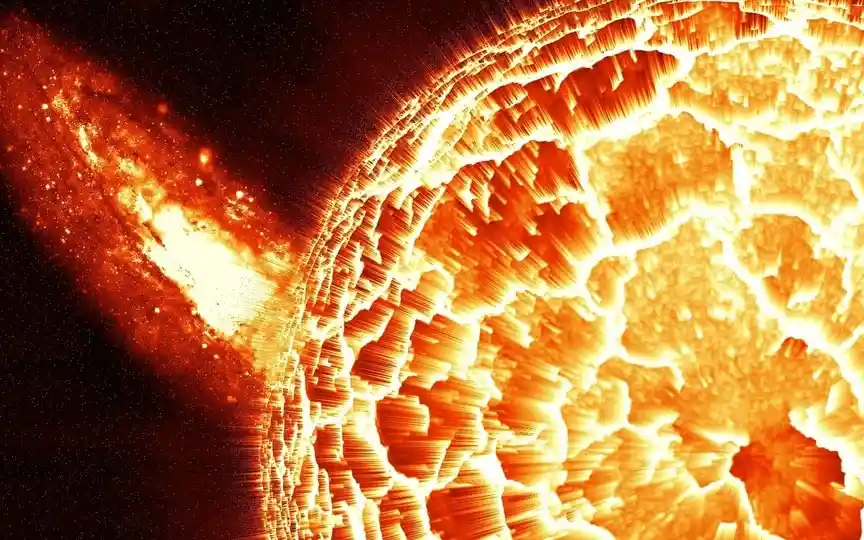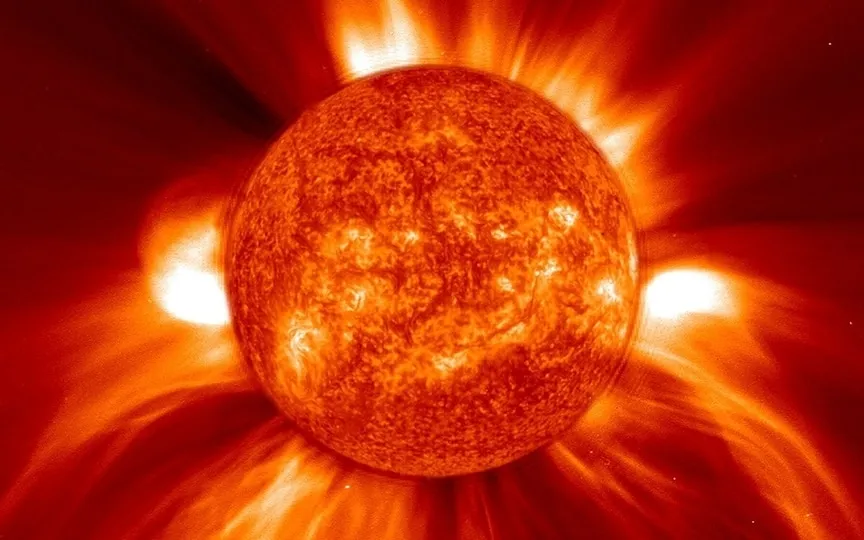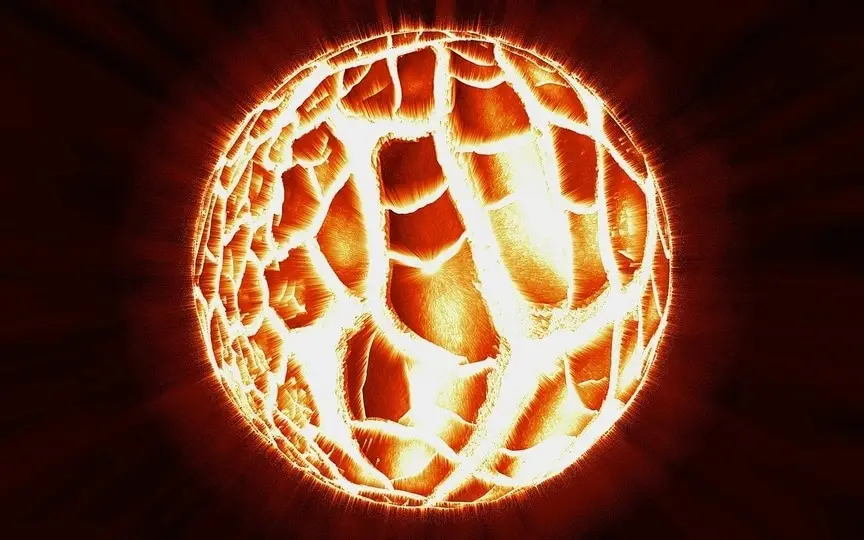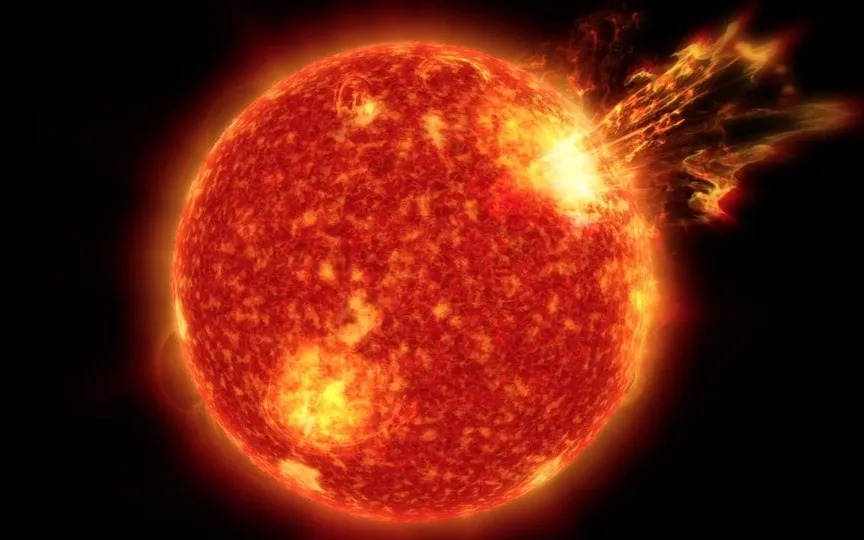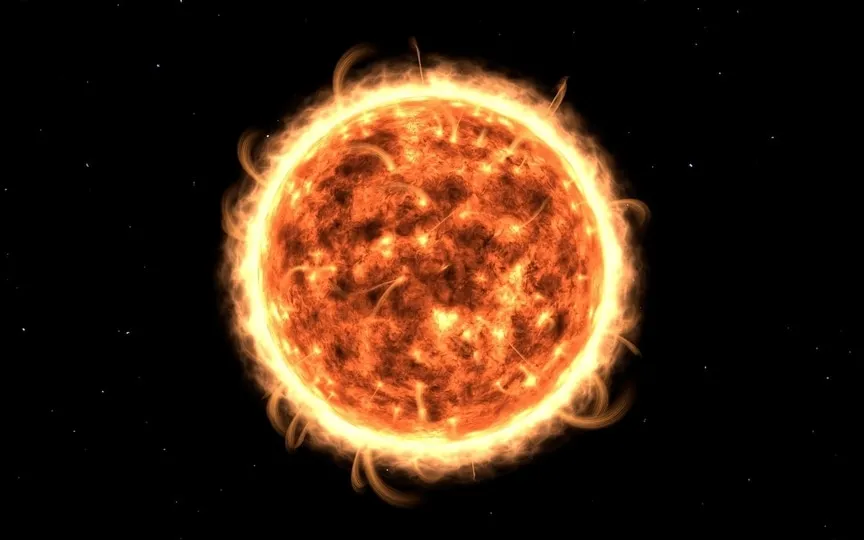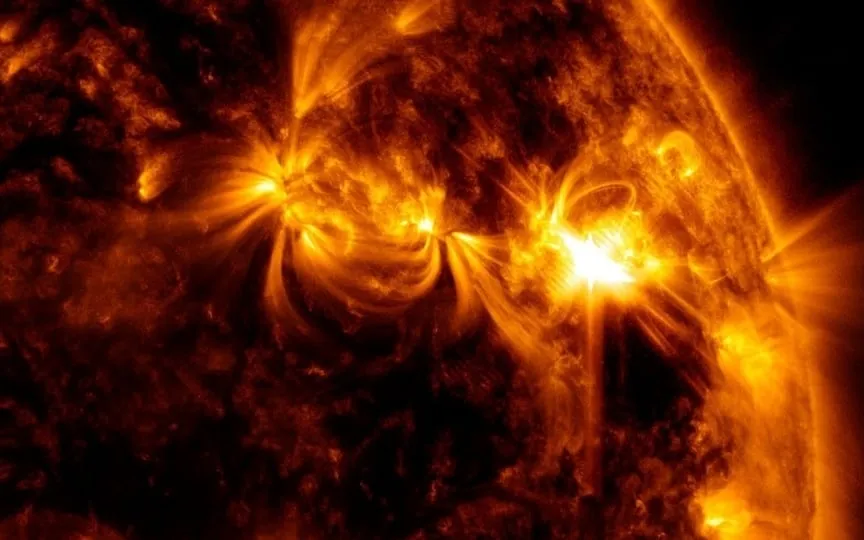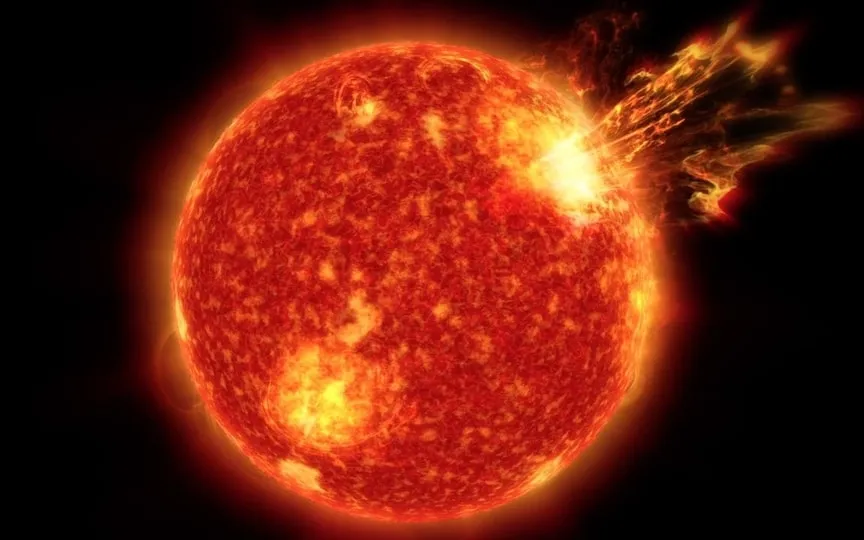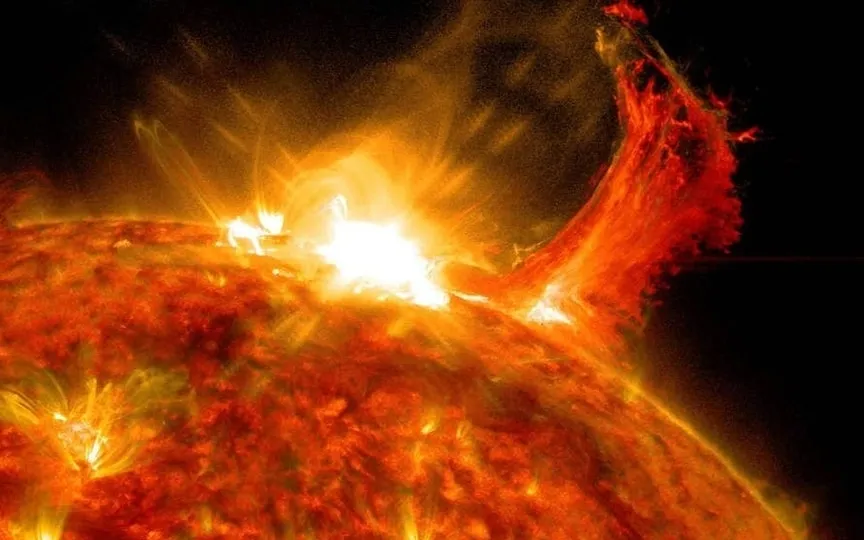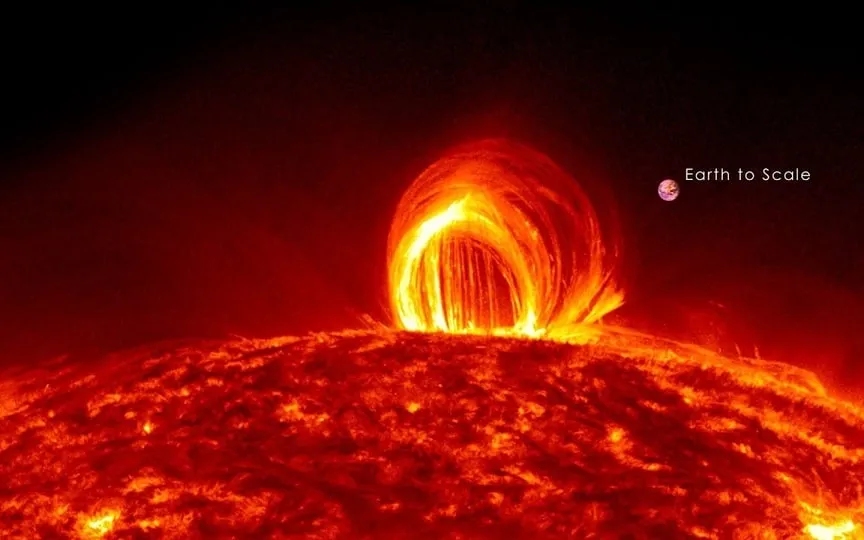NASA Warns of Potential M-class Solar Flare
As we approach the Solar Maximum, the Sun’s activity is anticipated to increase in the coming months. This period, expected to occur in 2024 or 2025, represents the peak of the solar cycle. Surpassing previous predictions, the number of sunspots has already exceeded expectations. During this peak phase, the planet may encounter various threats such as CMEs, solar flares, solar storms, and other particles, which could have disastrous consequences. In a recent development, NASA’s Solar Dynamics Observatory (SDO), equipped with a comprehensive range of instruments to observe the Sun, has…
Read More
